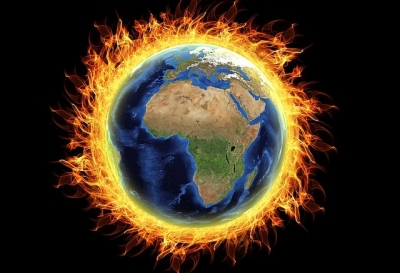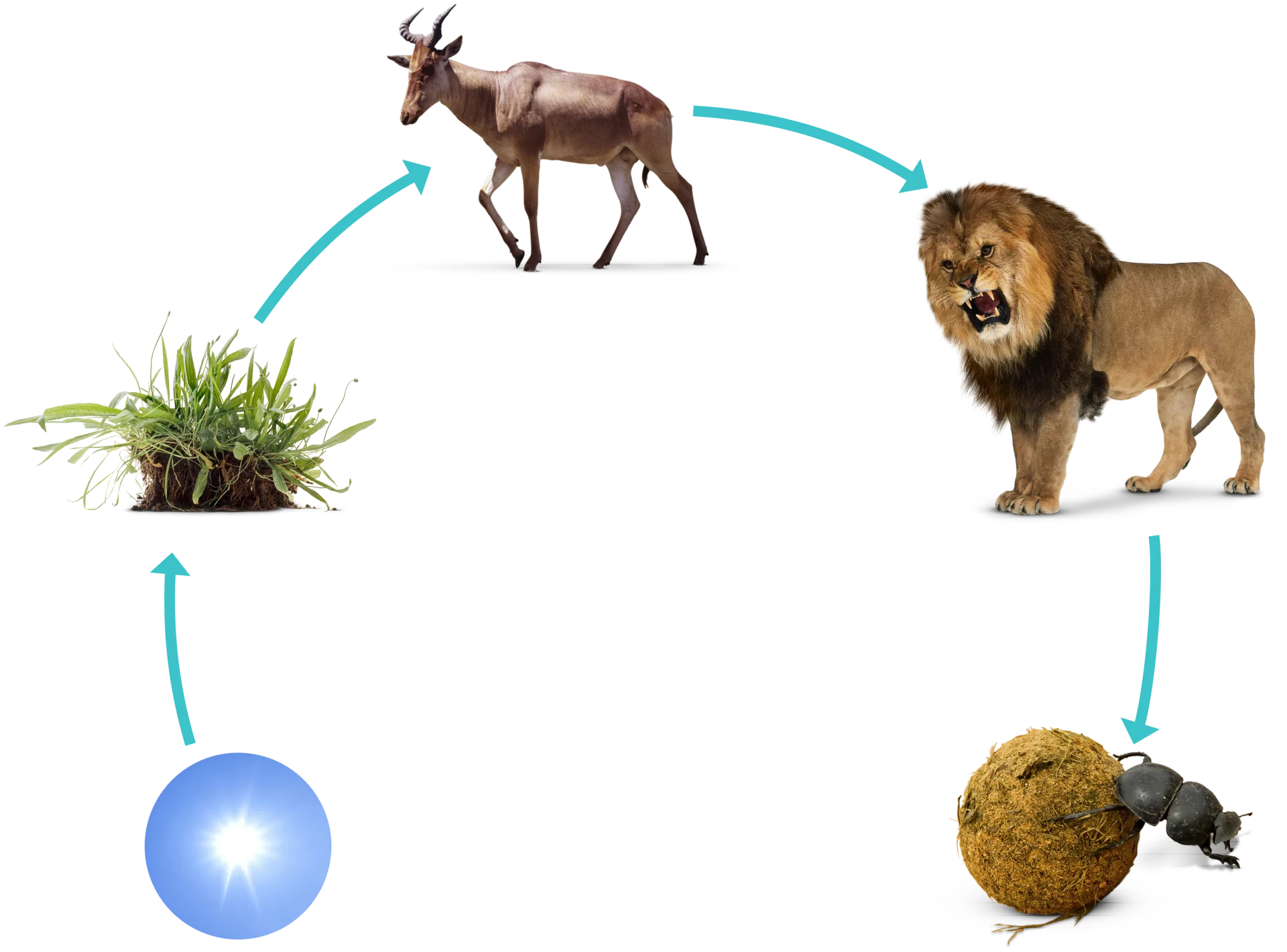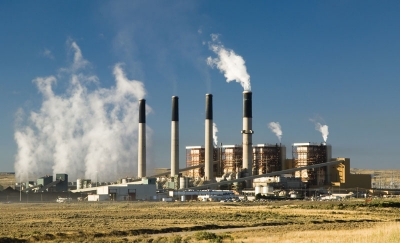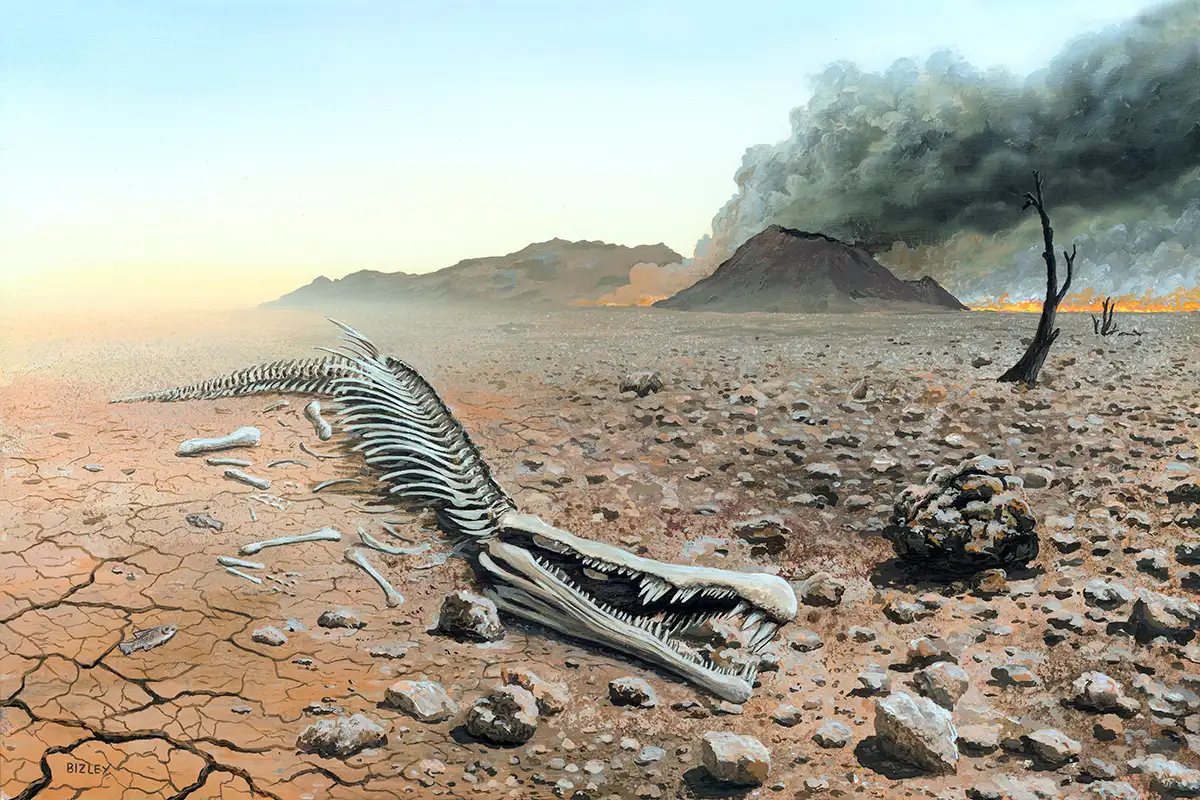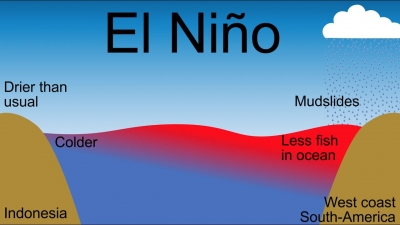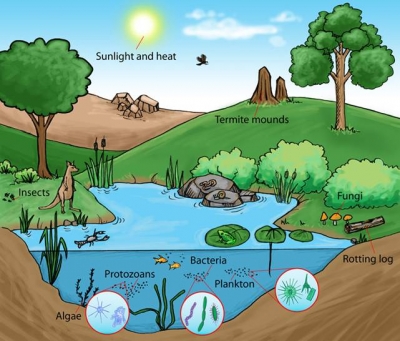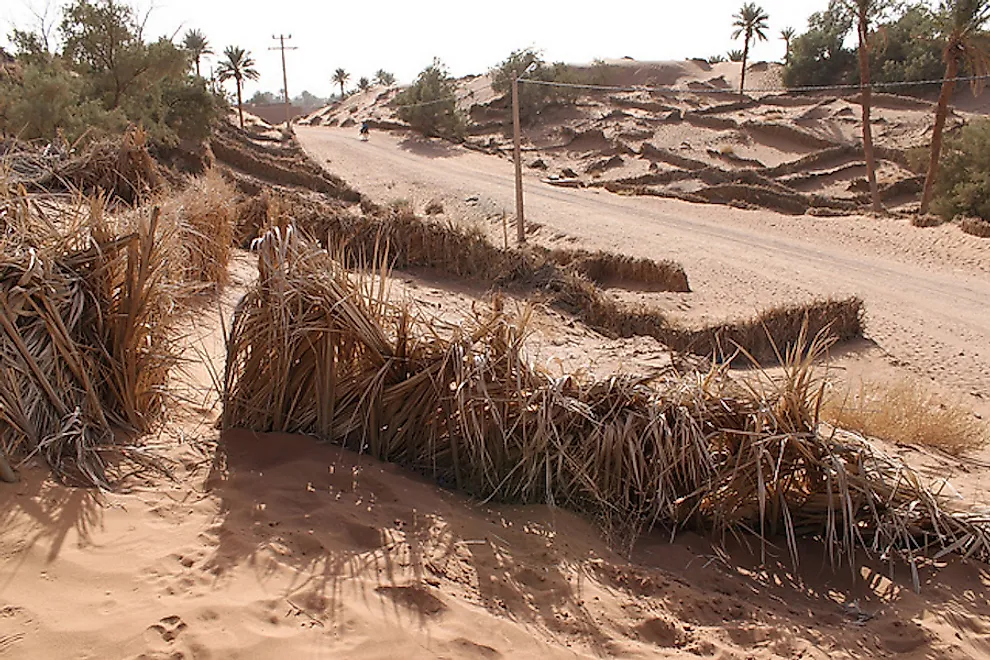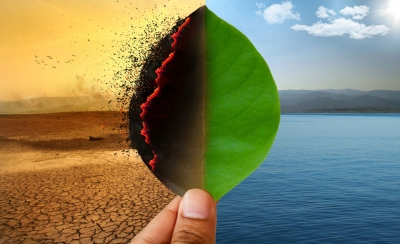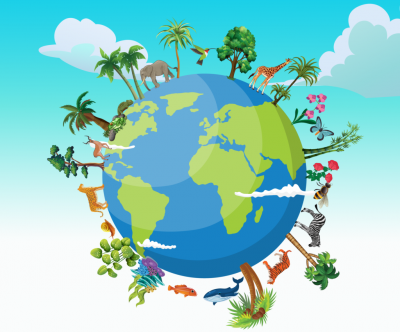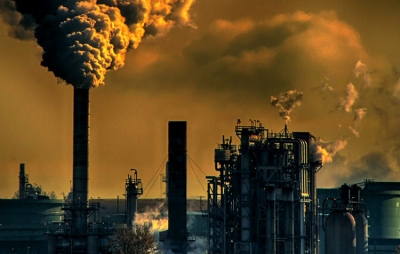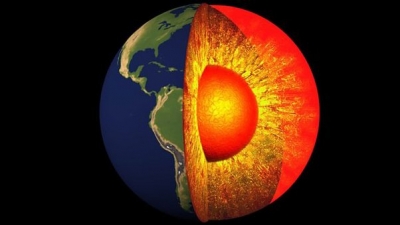WHAT IS HOLOCENE EPOCH?
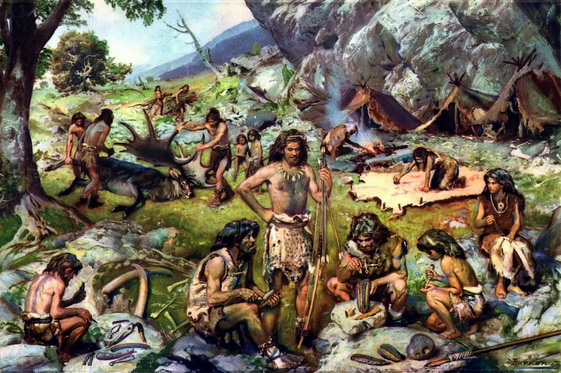
The Holocene Epoch is the current period of geologic time. It relates to the global changes caused by human activity, and is said to have begun about 11.700 years ago after the icy Pleistocene ended. When the glaciers of the ice era retreated, Earth entered a period of warming. The landscape of the tundra changed, large mammals that had adapted to the extreme cold became extinct, and humans who hunted the mammoth mammals began exploring plant materials to supplement their diet. Climatic changes took place, the human population began to grow, and sadly, we began ushering in processes and inventions that would have serious implications on the future of the planet.
The classification of the geological time scale is done into the following: Eons, Eras, Periods, Epochs and Ages. In this timeline classification, Eons are divided into Eras, Eras are further divided into Periods, Periods divided into Epochs and the Epochs are further subdivided into Ages. Thus, Holocene is an Epoch classified under the Quaternary Period, which comes under the Cenozoic Era, which is classified under the Phanerozoic Eon.
Under the classification of the Quaternary Period, comes the Pleistocene Epoch and Holocene Epoch. The Holocene is the Epoch which follows the Plestocene Epoch. It is also identified as a warm period and an interglacial period by the geologists, and Earth scientists. The striking feature of the Holocene time scale is the rapid proliferation, growth, and the impacts of Human species. The Holocene is characterized by all of the written history, technological advancements, development of many civilizations, and the current transition towards urbanization of the human population. The influence of humans is predominant in this Epoch and the impact on modern-era Earth and the ecosystems have led to the classification of the Holocene.
The Holocene Time-scale
The word Holocene finds its origin in the Ancient Greek language. Holocene meaning, according to Ancient Greek, is “whole new”. Breaking the word of Holocene into the Greek roots helps in identifying the holocene meaning. The term ‘Holo-’ is derived from the word Holos which means “whole”. The other ‘-cene’ is derived from the word kainos which means “new”.Thus, when combined together, the holocene meaning is “whole new”. The reasoning behind this, is the consideration that this epoch is entirely new as it is the most recent one and is still continuing. Also, the suffix ‘-cene’ is used for all the seven epochs that are classified under the Cenozoic Era.
According to the International Commision on Stratigraphy, the Holocene started 11,650 calibrated years ago before present. The Holocene Epoch is further sub-divided into five time intervals based on climatic fluctuations, which are also known as the Chronozones:
Preboreal: This is the time period between 10 kiloannum (ka) years - 9 ka before present (BP) (present i.e. 195)).
Boreal: This lies between 9 ka - 8 ka years BP
Atlantic: 8 ka to 5 ka years BP
Subboreal: 5 ka - 2.5 ka years BP
Subatlantic: 2.5 ka years BP.
During the time of the Holocene, there have been many changes that have taken place in terms of geology and climate which have shaped the current world. Also, the changes occurring due to Global warming in the last century itself has also impacted the natural progression of this Epoch. We will understand a few of these changes as we go through with the article.
Geological Changes During Holocene
The movements of the continent under the pressure of tectonic forces, has been less than a kilometre in the span of 10,000 years of Holocene. Another important change in the geology of the Earth, during this Epoch has been the rise in the sea-level. In the early part of the Holocene Epoch, because of the melting of ice, the sea-level rises about 35 m. In the later part of the Epoch also, the sea-level rises by another 30 m. Many of the areas of landmass above around 40 degrees North latitude that had been covered by ice of the Pleistocene Epoch were depressed by the weight of Ice. Hence, as the glacial period began to recede and the ice began to melt, the landmass rose by180 meters during the late Pleistocene and early Holocene Epoch. These landmasses still continue to rise.
Climate Changes During Holocene
As such the climate changes have been stable over the Holocene when compared to the cold period of Glaciation. The records collected from the ice cores have shown that before the start of Holocene there was a time period of warming happening globally which began after the end of the last of the ice ages and the cooling periods. The climatic changes became more and more regional and during the transition from the late glacial to Holocene the cold reversal known as Huelmo-Mascardi, began from South America in the Southern Hemisphere and most of the warmth flowed from south to north about 11,000 to 7,000 years ago. It is thought that this happened because of the residual glacial ice which was left in the Northern Hemisphere.
Early Human Settlements During Holocene
The Mesolithic age began with the beginning of the Holocene in most of Europe. In the regions of Middle East and Anatolia a very early neolithisation and Epipaleolithic period began. During this period the cultures that began include Hamburgian, Federmesser and Natufian culture. Also, some of the oldest inhabited places that are still existing such as the Tell es-Sultan (Jericho) in the Middle East began to be first settled. Other evidence of such settlements are given by archaeology at locations of Göbekli Tepe where proto-religion first began as long as 9th millennium BCE. Since then human courses have taken the known developments and continue till date.
It is noteworthy that, using terms like Holocene period, Holocene era or Holocene age, can be confusing as the terms period, era and age have different and definite meaning under the Geographical Time Scale classification system Hence, using Holocene or Holocene Epoch is more reliable and justifiable under such circumstances.
Credit : Vedantu learn live
Picture Credit : Google
